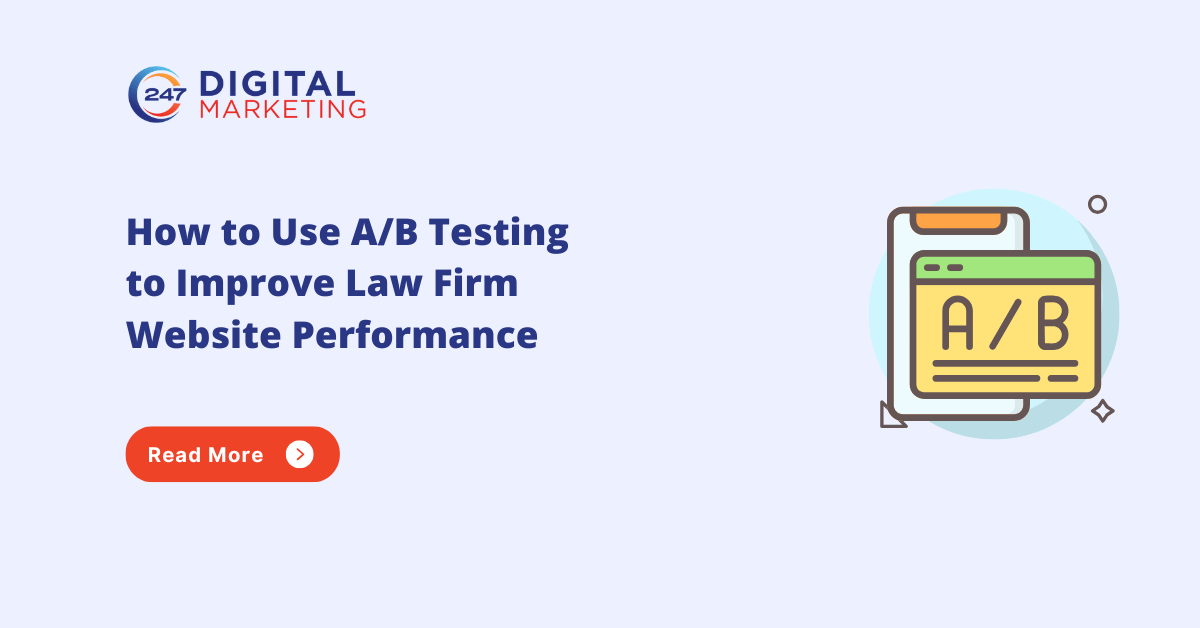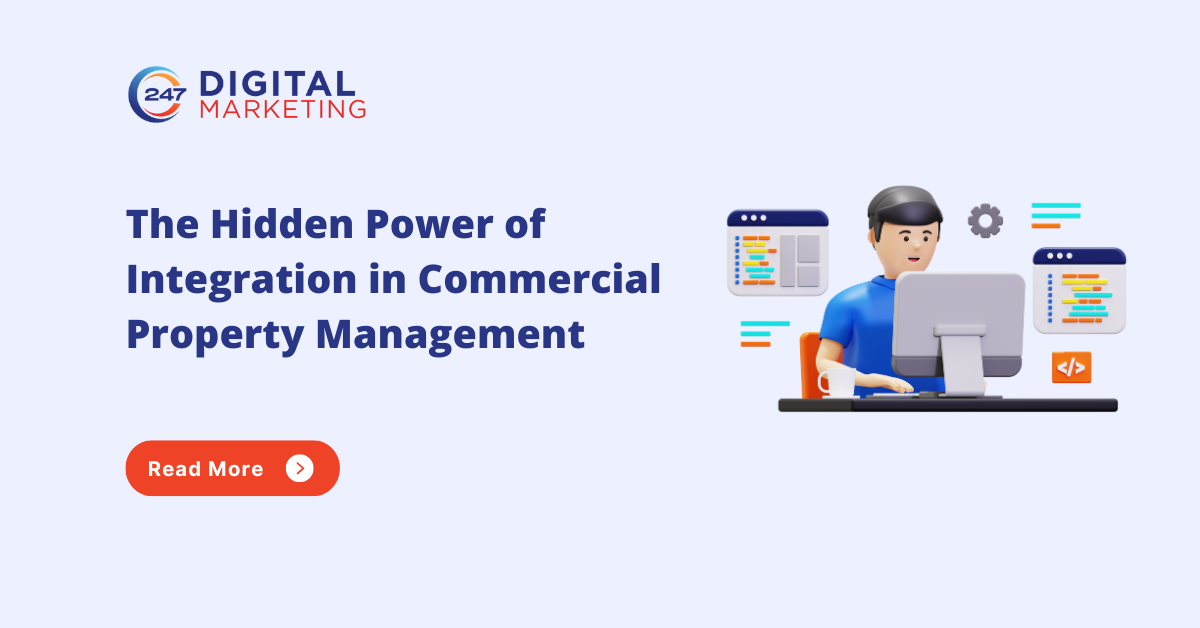
In the ever-evolving world of digital marketing, law firms are increasingly recognizing the importance of data-driven strategies to enhance their online presence. One of the most effective tools in this arsenal is A/B testing a method that allows firms to compare two versions of a webpage or element to determine which performs better.
Whether you’re trying to increase consultation bookings, improve lead generation, or simply make your website more user-friendly, A/B testing can provide the insights needed to make informed decisions. In this blog, we’ll explore how law firms can use A/B testing to improve website performance, highlight recent digital marketing trends, and share actionable strategies tailored for legal professionals.
Why A/B Testing Matters for Law Firms
A/B testing (also known as split testing) involves creating two versions of a webpage Version A and Version B and showing them to different segments of your audience. By analyzing which version performs better based on specific metrics (like click-through rates, form submissions, or time on page), you can make data-backed decisions to optimize your site.
According to a study by Invesp, companies using A/B testing see an average conversion rate increase of 49%. For law firms, this could mean more qualified leads, better engagement, and ultimately, more clients.
Recent Digital Marketing Updates Relevant to Law Firms
Digital marketing is constantly evolving, and law firms must adapt to stay competitive. Some recent updates include:
- Google’s Helpful Content Update: Prioritizes content that genuinely helps users, making it essential for law firms to create informative, client-focused pages.
- AI-Powered Search: With tools like Google’s Search Generative Experience (SGE), optimizing for conversational queries and user intent is more important than ever.
- Mobile-First Indexing: Google now primarily uses the mobile version of content for indexing and ranking, emphasizing the need for responsive design.
These changes underscore the importance of testing and refining your website to meet modern user expectations.
Key Areas to Apply A/B Testing on Your Law Firm Website
- Call-to-Action (CTA) Buttons
Your CTA is often the final nudge that convinces a visitor to take action whether it’s scheduling a consultation or downloading a legal guide. Test variations in:
- Button text (e.g., “Get Legal Help” vs. “Schedule a Free Consultation”)
- Color and placement
- Size and visibility
Even small changes can lead to significant improvements in engagement.
- Contact Forms
Contact forms are critical for lead generation. A/B testing can help you determine:
- Optimal number of fields (short vs. detailed forms)
- Field labels and instructions
- Placement on the page
For example, you might find that a shorter form with just name, email, and phone number converts better than a longer one asking for case details upfront.
- Headlines and Page Copy
Your headline is the first thing visitors see. Test different versions to see which resonates more:
- “Experienced Family Law Attorneys in Chicago” vs. “Get Trusted Legal Help for Your Family Matters”
- Formal vs. conversational tone
- Inclusion of keywords or emotional triggers
This is a great way to align your messaging with your audience’s expectations.
- Visual Elements
Images, videos, and layout can significantly impact user behavior. Try testing:
- Hero images vs. video banners
- Attorney headshots vs. team photos
- Different page layouts (single column vs. multi-column)
Visuals play a key role in building trust, especially in the legal industry.
- Navigation and User Flow
A confusing website structure can lead to high bounce rates. Use A/B testing to evaluate:
- Menu design and labels
- Placement of key pages (e.g., “Practice Areas,” “About Us,” “Contact”)
- Internal linking strategies
Improving navigation can enhance user experience and increase time spent on site.
How to Run an Effective A/B Test
Step 1: Define Your Goal
Start with a clear objective. Are you trying to increase form submissions, reduce bounce rate, or improve time on page?
Step 2: Choose One Variable to Test
Focus on a single element at a time to isolate its impact. Testing multiple changes simultaneously can muddy the results.
Step 3: Use the Right Tools
Popular A/B testing tools include:
- Google Optimize
- Optimizely
- VWO (Visual Website Optimizer)
- HubSpot (for integrated CRM and testing)
These platforms allow you to set up tests, track performance, and analyze results easily.
Step 4: Run the Test Long Enough
Ensure your test runs for a sufficient period to gather meaningful data. Depending on your traffic, this could be a few days to a few weeks.
Step 5: Analyze and Implement
Once the test concludes, review the results and implement the winning variation. Then, continue testing other elements to keep improving.
Integrating A/B Testing with Broader Marketing Strategies
A/B testing doesn’t exist in a vacuum it should be part of a larger digital marketing strategy. For example:
- Combine A/B testing with conversion rate optimization strategies for law firm websites to systematically improve performance.
- Use insights from testing to refine your ad copy, landing pages, and email campaigns.
- Apply findings to your social media content yes, even headlines and visuals can be tested on platforms like Facebook and LinkedIn.
Speaking of social media, here are some quick social media tips for lawyers:
- Share client success stories (with permission) to build trust.
- Post educational content that answers common legal questions.
- Use video snippets to explain complex legal topics in simple terms.
These efforts, combined with A/B testing, can create a cohesive and high-performing digital presence.
Partnering with Experts
If you’re unsure where to start or want to accelerate your results, consider working with professionals who specialize in legal marketing. Agencies offering Top Digital Marketing Services can help you set up A/B tests, analyze data, and implement winning strategies across your website and campaigns.
They bring expertise in SEO, PPC, content marketing, and user experience all tailored to the unique needs of law firms.
Final Thoughts
A/B testing is a powerful, underutilized tool in the legal industry. By experimenting with different elements of your website and analyzing user behavior, you can make smarter decisions that lead to better performance and more client conversions.
Start small, stay consistent, and integrate testing into your broader marketing efforts. With the right approach, your law firm’s website can become a dynamic, client-focused platform that drives real results.
Mitesh Patel is the co-founder of 247 Digital Marketing, LawFirm Marketing and a columnist. He helps companies like Emerson and other top Fortune 500 compnies to grow their revenue.




